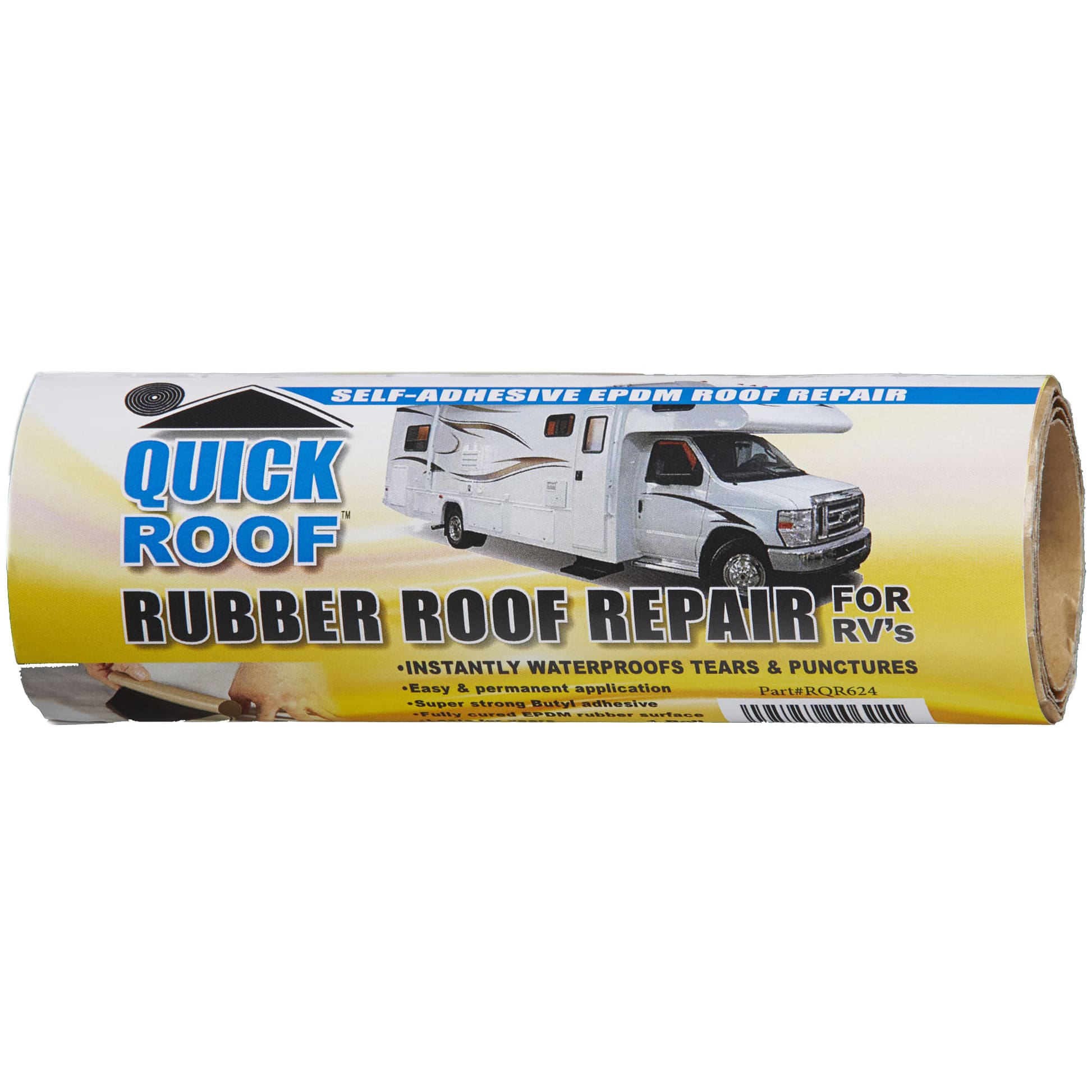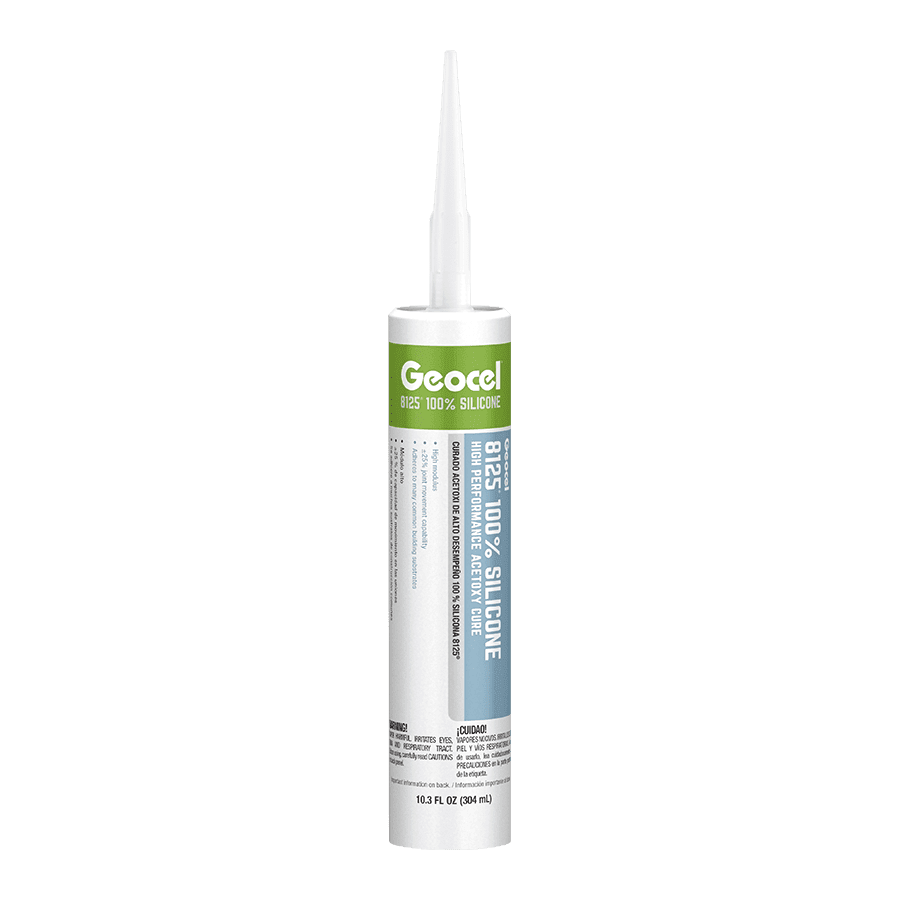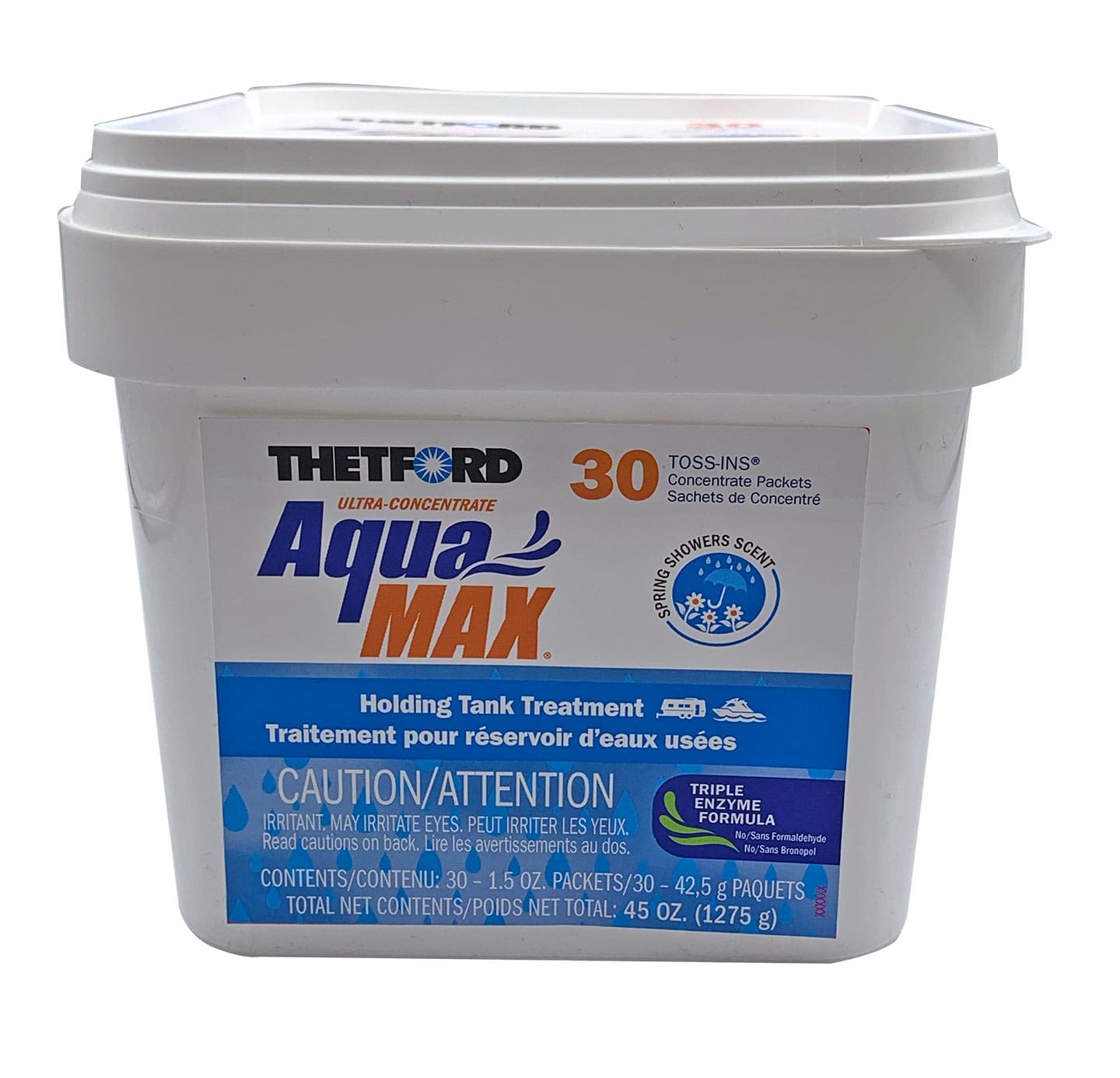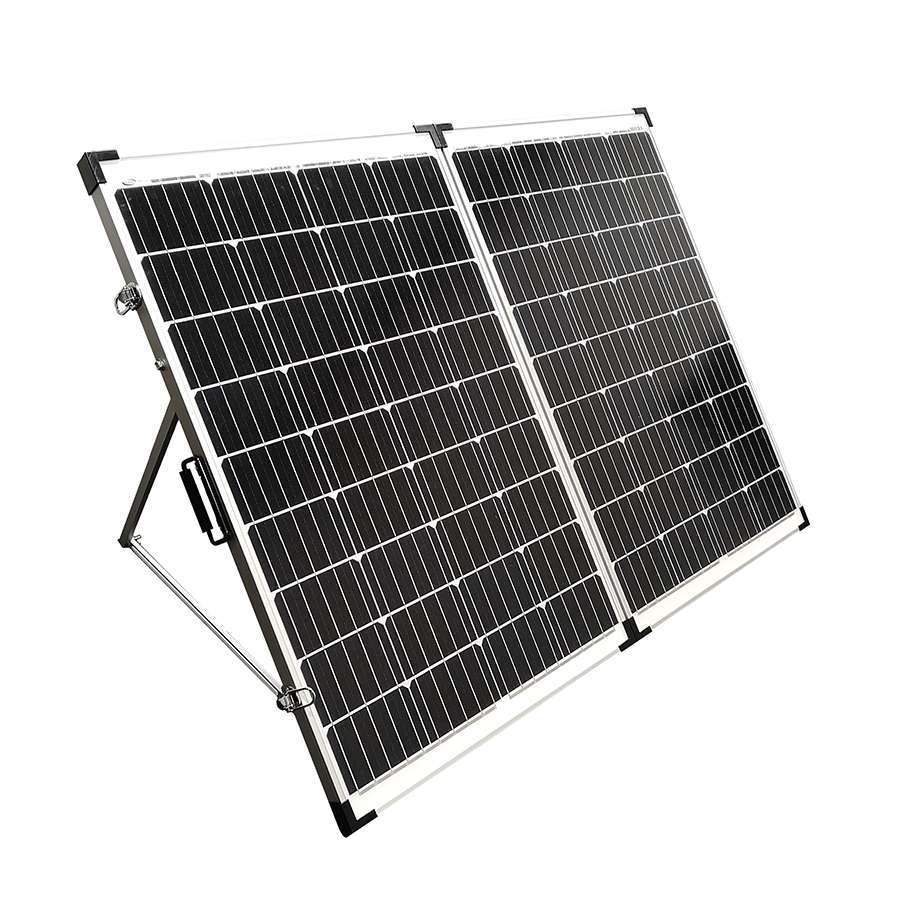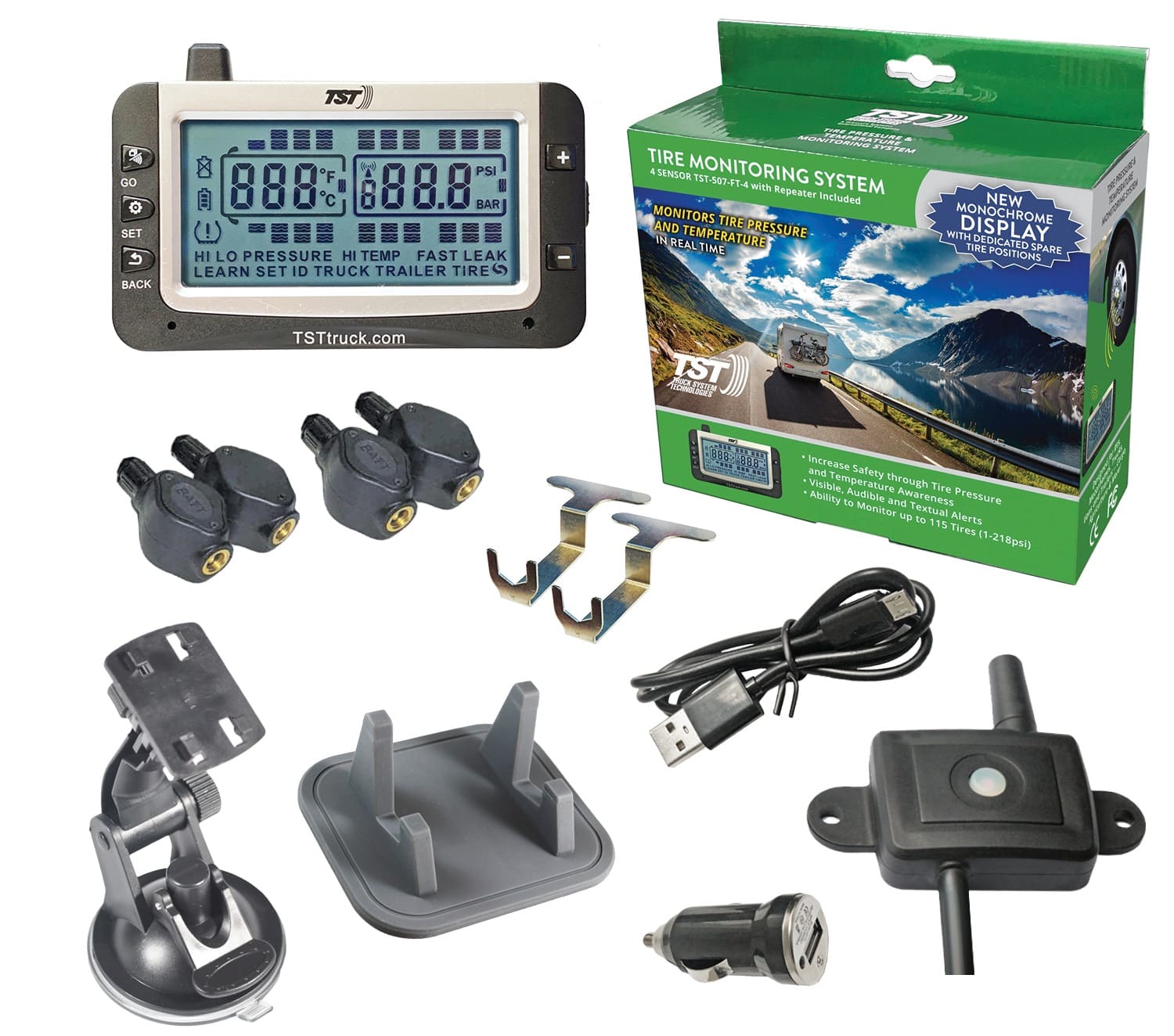Spring is Here! Is Your RV Road-Ready?
Spring is in the air! It’s that magical time when the world is transformed from a barren landscape of browns and greys to a fantasy land of colour and fragrant breezes. Yes, a new RV season beckons, but before you hit the road to chase new adventures, you need to make your RV road-ready.
Getting your RV ready after a long winter nap is more than just a thorough cleaning, although that is certainly part of the process. Winter can be rough on your RV, and just as proper winterizing is essential for protecting your vehicle against the elements, an appropriate de-winterization routine is equally essential for a carefree start to a new season.
Hence, our special spring de-winterization guide. We’ll walk you through the key steps, from flushing out your water system to sealing potential leaks, to checking your tires and upgrading your power system. In short, we’re talking about prepping your vehicle from hitch to bumper and everything in between.
Plus, as a bonus, we’re going to tell you about the hottest trending RV products for 2025—from must-have solar panels to game-changing tire safety tech. Whether you’re a weekend warrior or a full-time RV vagabond, our guide will help you prep smarter, travel safer, and enjoy every mile to the fullest.
1. Plumbing De-Winterizing & Cleaning
Why it’s important: Proper de-winterization of your RV’s plumbing prevents residual antifreeze from contaminating your water supply, ensuring the free flow of fresh, clean water for drinking and bathing, plus eliminating stale odours.
Steps to De-Winterize:
- Flush antifreeze from the plumbing system.
- Sanitize the freshwater system using freshwater sanitizers.
- Replace water filters to ensure clean drinking water.
- Restock RV toilet chemicals for odor control and waste breakdown.
Pro Tip: Open all faucets and run water through the system until all antifreeze is gone. Don’t forget to check for leaks!
Why it’s important: Nothing can negatively impact the value of your RV more than water damage. Fluctuations in temperature from below to above freezing and road vibrations can wreak havoc on seals, causing them to crack and water infiltration, which can lead to mold, rot, and costly structural damage. Regular inspections and resealing will help keep your RV watertight and protect it from potential devasting water damage.
How to Inspect & Maintain Seals:
- Check around windows, doors, roof vents, and seams.
- Use self-leveling sealant on the roof to prevent leaks.
- Repair minor roof damage with roof repair tape.
- Reseal exterior seams with RV caulking to stop moisture intrusion.
Pro Tip: Inspect your RV after the first rain of the season to catch leaks early.
2. Preventing Leaks: Sealants & Roof Maintenance
3. Tire Safety: A Road-Ready Checkup
Why it’s important: You could say that safety begins where the rubber meets the road! Neglecting your tires can lead to serious problems, like dangerous blowouts, poor handling, and unnecessary fuel costs. Regular checks and proper maintenance ensure a smoother, safer ride while extending the life of your tires.
Spring Tire Checklist:
- Check tire pressure and adjust for load weight.
- Invest in a Tire Pressure Monitoring System (TPMS) for real-time safety.
- Inspect for cracks or uneven wear—consider upgrading to new radial tires.
- Protect against UV damage with wheel covers when parked.
Pro Tip: RV tires age out before they wear out—replace them every 5-7 years, even if the tread looks fine.
Why it’s important: Off-grid camping offers freedom and adventure, but it’s certainly no fun without a reliable power source, leaving you stranded without lights, refrigeration, or charged devices. Upgrading to efficient solar panels, inverters, and lithium batteries ensures you stay powered up no matter where the road takes you.
Want to know more about how to successfully live off the grid. See our blog about Boondocking.
Best Power Upgrades for Spring 2025:
- Portable Solar Panels (100W-200W): Ideal for boondocking and charging batteries.
- 2000W Inverters: Convert DC to AC power for small appliances.
- Lithium Batteries: Longer lifespan, faster charging, and better performance than lead-acid batteries.
Pro Tip: Pair a Renogy 200W Solar Kit with lithium batteries for optimal energy storage.
4. Solar & Power Upgrades for Off-Grid Camping
5. Must-Have Tools for Spring Travel
Why it’s important: Having a basic tool kit that can help you fix just about any minor repair you might encounter on the road can mean the difference between a short inconvenient delay to a trip-ending breakdown. Don’t leave home without these.
Essential RV Tools:
- Adjustable wrenches – for tightening bolts and connections.
- Multimeters – to troubleshoot electrical issues.
- Drill-powered scissor jacks – for quick and easy stabilizing and leveling.
Pro Tip: Make sure you also include these items in your kit: fuses, zip ties, and duct tape.
Trending RV Gear for 2025
Why it’s trending: RVers are upgrading their gear in 2025 for even more convenience, safety, and off-grid camping. With improved waste management, renewable power through solar, and properly inflated tires at all times, these top-rated products will take your travel adventures to a new level.
Get Ready For Your Best RV Season Yet!
Like just about everything else in life, the key to success is preparation. RVing is no exception. Follow our simple recommendations and enjoy mile after mile of carefree RV adventures.
Shop RV Care, your trusted online store for RV essentials, has a 1,000 + items to enhance every aspect of your RV experience and with our everyday Fuel The Savings pricing, you’ll enjoy unbeatable value at a great price.
Did you know that when you purchase an RV Traveler’s Choice product at your local RV Care dealer, you’ll benefit from valuable Extra Mile Rewards.

Now it’s your turn! What’s your go-to spring RV prep tip? Share your best advice with us on Facebook and help fellow RVers get ready for an unforgettable season on the road!





